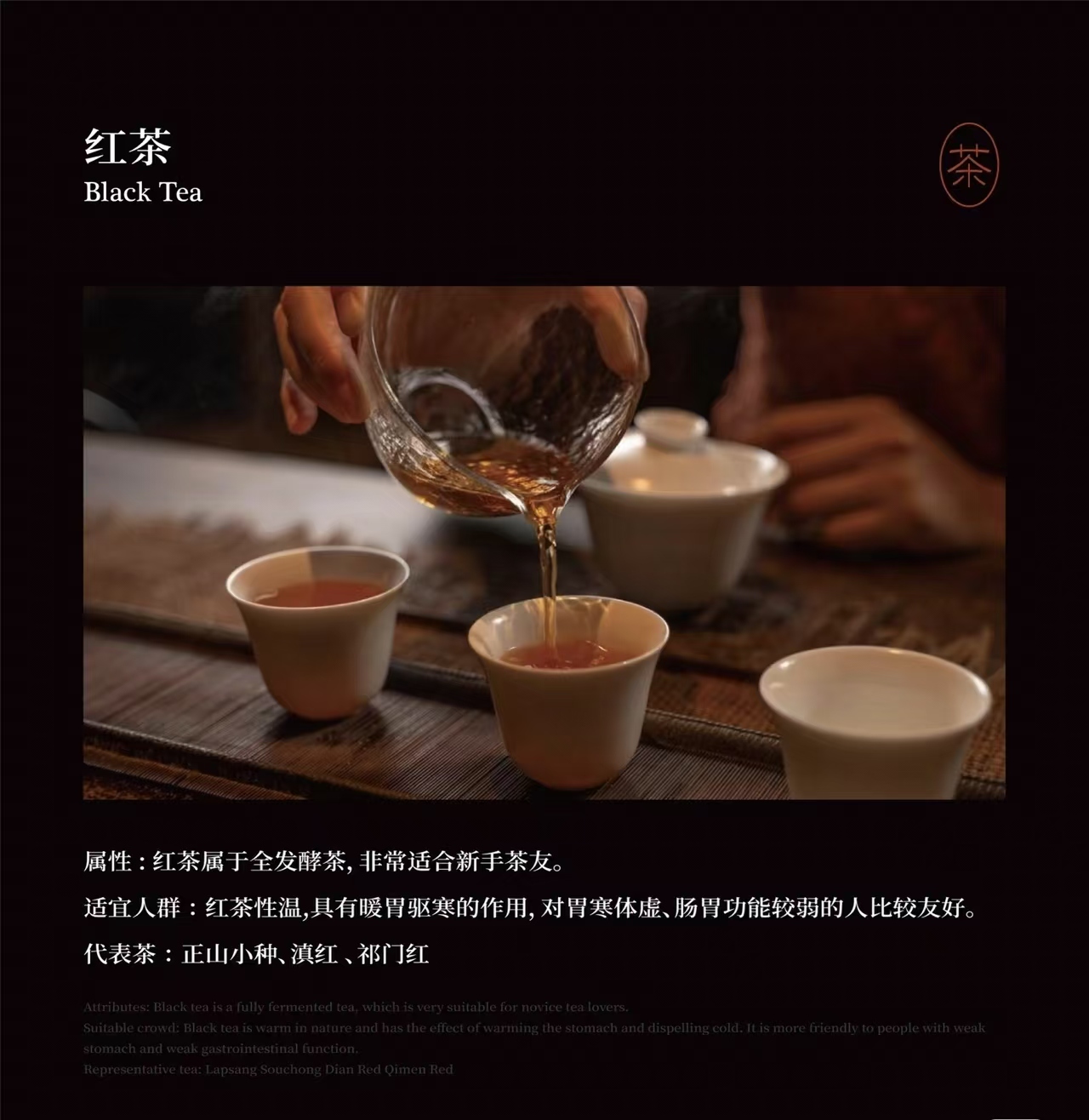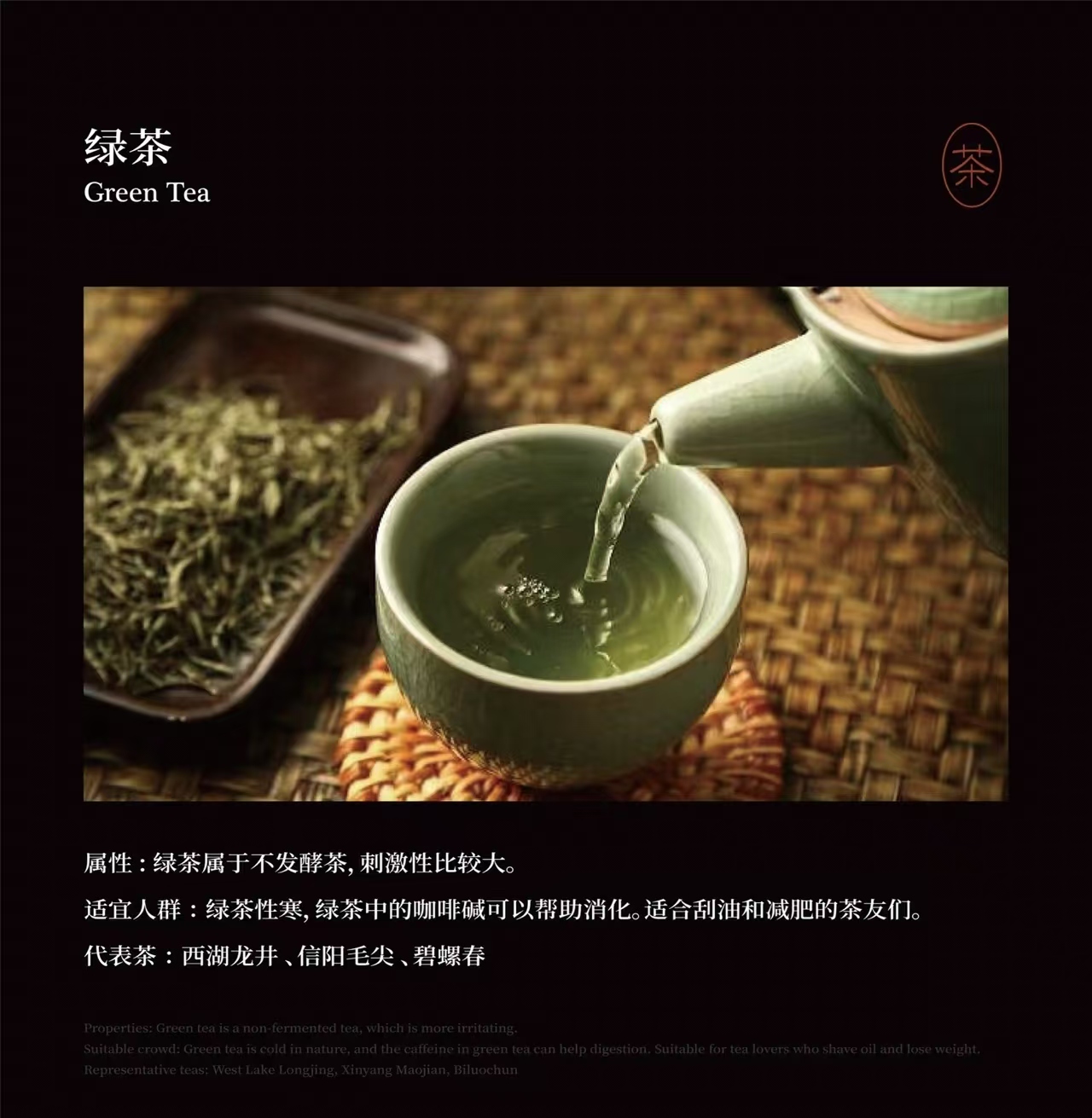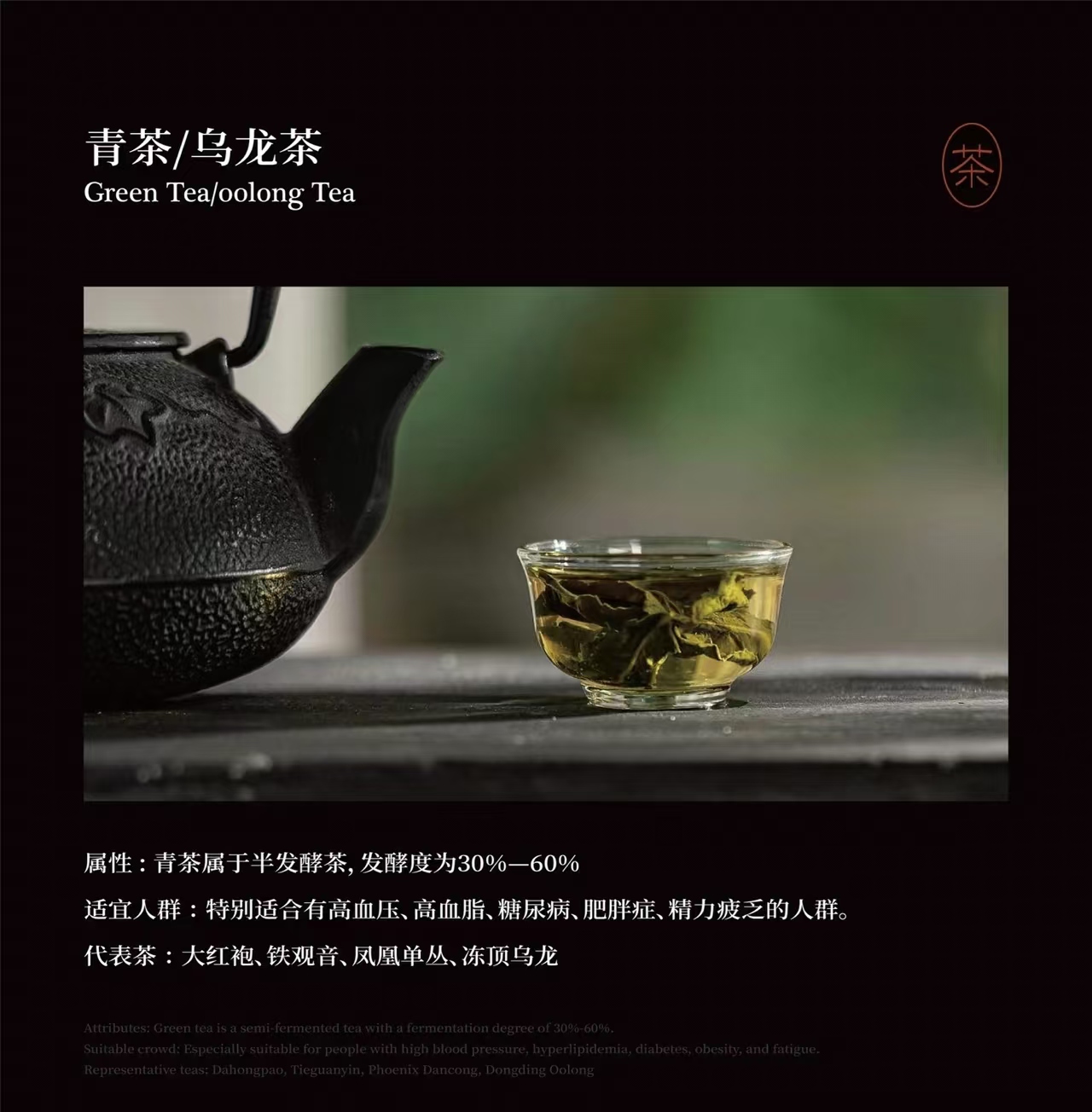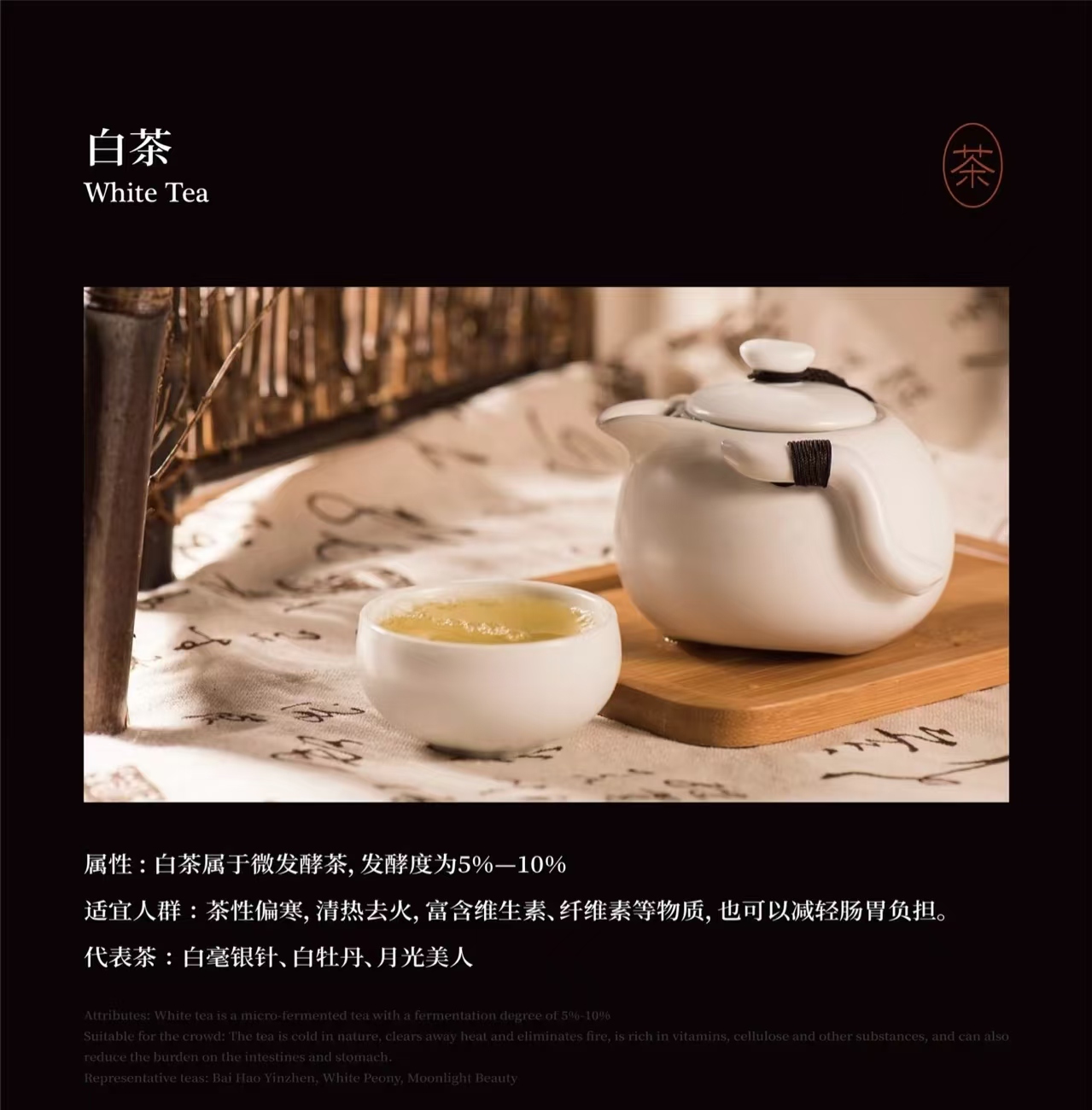Product categories
- All 21
- Black Tea 3
- Dark Tea 1
- Green Tea 2
- Oolong Tea 6
- Tea Set 5
- White Tea 2
- Yellow Tea 2
Filter By Price
Status

Need Help?
8/7
Biluochun Tea – Green Tea
$248.00 – $268.00Price range: $248.00 through $268.00 Select options This product has multiple variants. The options may be chosen on the product pageXin Yang Mao Jian Green Tea
$209.00 – $399.00Price range: $209.00 through $399.00 Select options This product has multiple variants. The options may be chosen on the product pageOur New Spice
Arrivals
Questions?
Speak with our team!
Green Tea: Unlocking the Pure, Natural Soul of Chinese Tea Tradition
🍃 Discover the Freshness of the World’s Most Popular Tea 🍃
Green tea, the unfermented superstar of the tea world, is loved globally for its refreshing taste, vibrant color, and impressive health perks. As the most produced and consumed tea category, it’s a staple in kitchens and cafes from Asia to the Americas. Let’s dive into everything you need to know about green tea—from its history and varieties to brewing hacks and storage tips.
What Makes Green Tea Unique?
Green tea skips the fermentation process, preserving its natural antioxidants, vitamins, and minerals. This gives it a lighter, grassier flavor compared to black or oolong teas. The leaves are harvested from young tea shoots and processed through withering, fixation (杀青), rolling, and drying, locking in their signature green hue.
When brewed, green tea dazzles with its “three greens”: green leaves, green liquor, and greenish-steeped leaves. It’s like sipping on a cup of spring!
Famous Green Tea Varieties You Need to Try
From China’s misty mountains to Japan’s serene gardens, green tea comes in countless styles. Here are the rockstars of the category:
-
West Lake Longjing (西湖龙井): Flat, smooth leaves with a nutty sweetness and olive-like aftertaste. A royal favorite!
-
Biluochun (碧螺春): Curly, spiral-shaped leaves covered in silvery fuzz. Delivers a floral, fruity kick.
-
Huangshan Maofeng (黄山毛峰): “Sparrow tongue”-shaped buds with a creamy, mellow flavor.
-
Liuan Guapian (六安瓜片): The only tea made with mature leaves (no buds!), shaped like melon seeds. Bold and toasty.
-
Taiping Houkui (太平猴魁): Long, flat leaves with orchid or bean aromas. Rich and lingering on the palate.
-
Anji Bai Cha (安吉白茶): Pale jade-colored leaves that brew a subtly sweet, umami-packed liquor.
-
Xinyang Maojian (信阳毛尖): Tiny, fuzzy leaves with a chestnut flavor and a crisp “mung bean soup” finish.
Where Is Green Tea Grown?
Green tea thrives across diverse climates! Major producers include:
-
China: The birthplace of green tea, home to Longjing, Biluochun, and more.
-
Japan: Famous for matcha and sencha, made using steam-fixation methods.
-
India: Regions like Darjeeling produce unique green teas with muscatel notes.
-
Other regions: From海南白沙绿茶 (Hainan) to山东日照绿茶 (Shandong), and even places like Brazil and Hawaii!
Types of Green Tea: It’s All About the Processing!
Green tea is categorized by its production style:
-
Pan-Fired (炒青): Dry-roasted for a nutty, smoky vibe. Examples: Longjing, Maojian.
-
Oven-Baked (烘青): Gently baked for a toasty aroma. Examples: Huangshan Maofeng, Liuan Guapian.
-
Sun-Dried (晒青): Air-dried under sunlight, popular in Yunnan (滇绿). Earthy and bold.
-
Steamed (蒸青): Steamed to lock in freshness, like Japan’s sencha or gyokuro.
Health Benefits of Green Tea: Why You’ll Love It
Green tea isn’t just tasty—it’s a wellness powerhouse! Science-backed perks include:
-
💪 High in antioxidants (like EGCG) to fight free radicals and slow aging.
-
🧠 Boosts brain function with caffeine + L-theanine for calm alertness.
-
😁 Improves dental health by killing bacteria and preventing cavities.
-
❤️ Supports heart health by lowering bad cholesterol.
-
⚡ Revitalizes your metabolism to aid weight management.
How to Brew the Perfect Cup of Green Tea
Don’t ruin those delicate leaves! Follow these tips:
Water Temperature Matters
-
Tender leaves (e.g., Biluochun, Anji Bai Cha): Use 80–85°C (176–185°F) water to avoid bitterness.
-
Mature leaves (e.g., Taiping Houkui, Liuan Guapian): Go hotter—90–95°C (194–203°F).
Brewing Methods
-
Glass Cup Method: Perfect for watching leaves dance! Add leaves, pour water, and sip when ready.
-
Gongfu Style: Use a gaiwan for multiple short steeps (10–30 seconds).
-
Cold Brew: Steep leaves in cold water overnight for a smooth, sweet summer drink.
⚠️ Pro Tip: Never steep green tea too long—1–3 minutes max! Overbrewing = bitter disaster.
Green Tea Grades: How to Spot Quality
Higher grades mean better flavor! Look for:
-
Appearance: Uniform, vibrant leaves with minimal broken pieces.
-
Aroma: Fresh, grassy, or floral—no stale or smoky odors.
-
Liquor: Clear, bright color (no murkiness).
-
Taste: Sweet, umami, and smooth—not astringent or burnt.
Storing Green Tea: Keep It Fresh!
Green tea hates light, heat, and moisture. To preserve its goodness:
-
Seal It: Use airtight containers or resealable bags.
-
Chill It: Store in the fridge (double-bag to block odors).
-
Use It Fast: Consume within 6–12 months for peak flavor.
Final Thoughts
Whether you’re a tea newbie or a seasoned sipper, green tea offers endless possibilities. Explore its diverse flavors, experiment with brewing styles, and reap its health rewards. Ready to join the green tea revolution? Your perfect cup is just a steep away!








